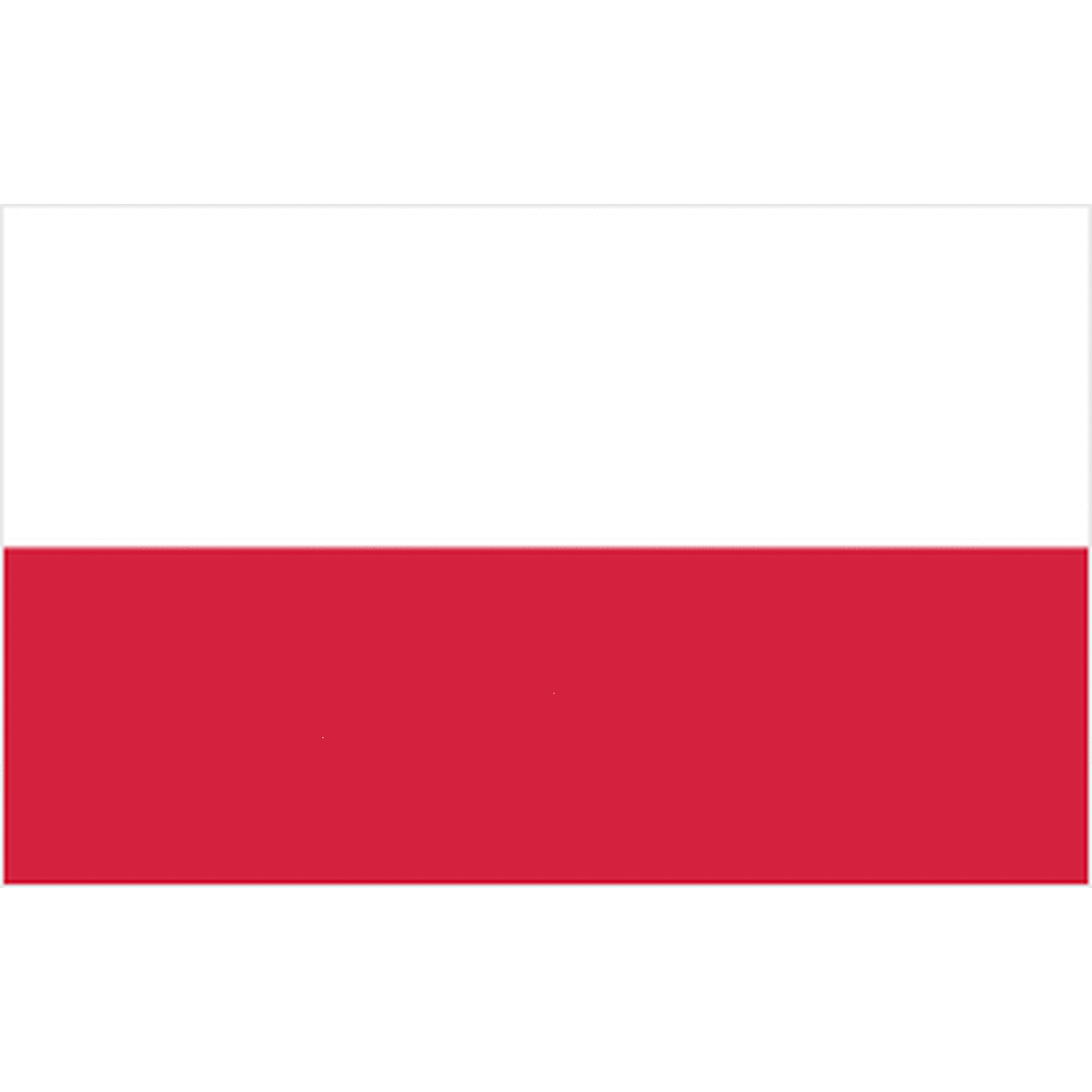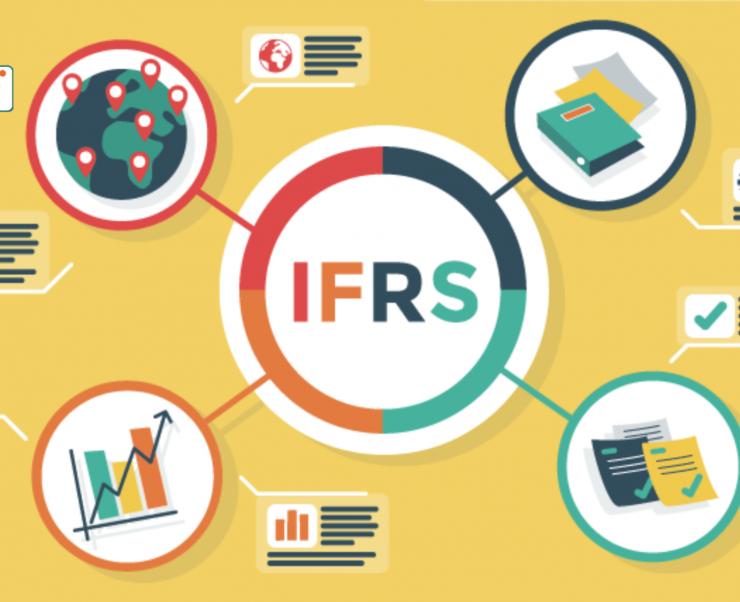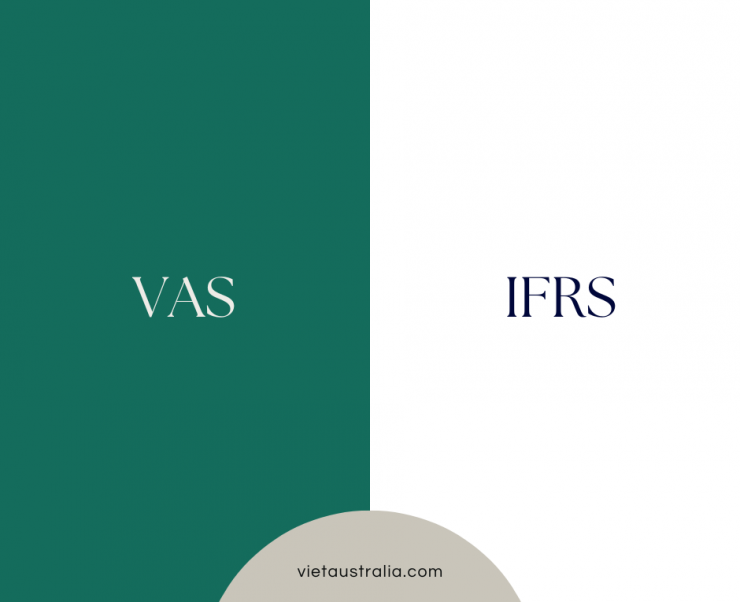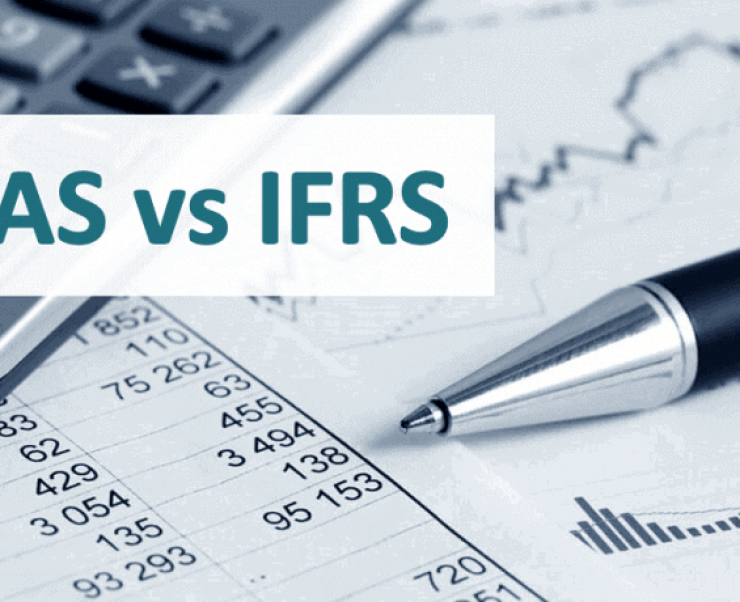
News
Summary of Differences Between VAS and IFRS – Part 1
From 2000 to 2005, Vietnam issued 26 Vietnamese Accounting Standards (VAS). However, after more than 10 years without amendments or supplements, its limitations have become more apparent. This article will introduce the differences between current VAS and International Financial Reporting Standards (IFRS) related to Inventory, Tangible/Intangible Fixed Assets, and Investment Properties.
Inventory Accounting Standards (VAS 02 and IAS 2)
Currently, Vietnam has issued Accounting Standard No. 02 – Inventory (VAS 02), equivalent to the International Accounting Standard on inventory (IAS 2).
The main difference between VAS 02 and IAS 2 lies in the scope of application. Specifically, IAS 2 excludes financial instruments, biological assets, and agricultural products at the point of harvest from its scope (complying with the Agricultural Standards - IAS 41).
In contrast, VAS 02 has no exclusions in its scope, so assets with specific characteristics, as mentioned, are not adjusted and do not reflect their true nature, leading to a lack of basis for determining their value.
Notably, the failure to exclude financial derivative instruments from the scope of the Standard is inappropriate for contracts to buy, sell, or use derivative instruments (such as futures contracts, forward agreements, or options). It fails to fully reflect the gains and losses arising from these contracts and is inconsistent with accounting models using derivative instruments for risk mitigation purposes.
For biological assets from agricultural activities such as crops, livestock, and unprocessed products obtained from biological assets (meat, flowers, wood, rubber latex, etc.), these should be measured at a reasonable value less estimated selling costs at the time of harvest, complying with international practices, rather than being reflected like other types of goods.
Tangible Fixed Asset Accounting Standards (VAS 03 and IAS 16)
Compared to VAS 03, IAS 16 has several differences:
1. Scope of application
IAS 16 does not apply to biological assets in agricultural activities and tangible fixed assets classified as long-term assets held for sale.
Vietnam still applies VAS 03 to these assets, leading to a failure to accurately reflect their nature and specifics. In some cases, tangible fixed assets are classified as long-term assets held for sale under conditions of non-continuous operations when the enterprise does not anticipate continued operations and the asset is ready for sale. This makes the application of tangible fixed asset accounting principles no longer appropriate.

Biological assets related to agriculture, such as industrial crops or productive animals, have different characteristics from regular tangible fixed assets. IAS 41 requires recognizing biological assets at a reasonable value less selling costs, while tangible fixed assets are recognized at cost and costs are capitalized into the ready-to-use state. VAS 03 does not exclude biological assets, making financial statements not truly reflect their nature.
Vietnam accounts for land as an intangible fixed asset, while IAS 16 considers land as a tangible fixed asset. This classification of land assets in Vietnam is inconsistent.
The recognition, measurement, and determination of the value of non-renewable resources such as oil, natural gas have their own specificities. Therefore, specific accounting standards (IFRS 6) are needed to adjust activities related to the exploitation of mineral resources.
2. Cost of tangible fixed assets
VAS 03 does not include initial estimates of costs related to the destruction, transfer of assets, reimbursement of land, and restoration of the original state when purchasing assets, while IAS 16 stipulates that these should be included in the cost of tangible fixed assets.
These initial estimates arise when purchasing or using assets, often related to legal obligations unavoidable at the end of the asset's life cycle. For example, coal mining companies must restore the environment after mining, and oil and gas companies are responsible for clearing mines after offshore oil extraction. If these costs are not accounted for in the cost of tangible fixed assets and gradually depreciated, the enterprise will not have sufficient resources to cover them, posing financial risks in the future.
3. Determination of the value after initial recognition
According to IAS 16, an enterprise's tangible fixed assets can be recognized and presented using the historical cost model or the revaluation model. However, VAS 03 currently only stipulates the recognition and presentation of tangible fixed assets using the historical cost model and does not provide guidance on recognition and presentation using the revaluation model, except in cases of share capitalization, contributions, dissolution, split, merger.
We all know that tangible fixed assets have both book value and utility value. In some cases, the value of tangible fixed assets can be significantly different from the utility value. If tangible fixed assets are always recognized using the historical cost model without considering revaluation, then, in these cases, financial statements cannot provide useful information for users to assess and make appropriate decisions based on reality.
4. Impairment of assets
VAS 03 currently does not address the recognition of losses due to impairment of the value of tangible fixed assets. The absence of this provision poses a significant risk to businesses because, in some situations, the remaining value of tangible fixed assets may be much higher than the recoverable value, leading to a situation where the business is empty, but the books still reflect assets, causing real losses to be concealed.
Moreover, the failure to recognize asset impairment violates one of the fundamental accounting principles that assets should not be carried at a value higher than the recoverable value, violating the prudence principle of accounting.
Intangible Fixed Asset Accounting Standards (IAS 38 and VAS 04)
Compared to VAS 04, IAS 38 has the following differences:
1. Scope of application of the standard
IAS 38 excludes exploration and evaluation assets, expenses related to exploration or development and extraction of mineral resources, oil, gas, and similar non-renewable resources because they are applied under IFRS 6.
Meanwhile, VAS 04 does not have provisions for exclusions because Vietnam has not issued separate standards for exploration and evaluation activities, which have specific characteristics in terms of determining reserves and values.

2. Classification of land use rights
As explained in the tangible fixed assets section, land use rights are currently considered intangible fixed assets, while international practices consider land as tangible fixed assets.
3.Determination of the value after initial recognition
IAS 38 allows the use of the historical cost model or the revaluation model after initial recognition.
According to VAS 04, only the historical cost model is used for recognition (including original cost, accumulated depreciation value, and residual value of fixed assets), and losses due to impairment are not recognized because the revaluation model is not applied after the initial recognition. In the context of the rapid technological changes of the Fourth Industrial Revolution, the failure to apply the revaluation model to some high-tech assets makes the financial statements lose truthfulness and reasonableness.
4. Amortization period
According to VAS 04, intangible fixed assets must be allocated according to the useful life, which should not exceed 20 years unless there is convincing evidence that a longer useful life is appropriate.
VAS 04 also clearly stipulates that certain pre-operating expenses of enterprises, such as costs related to the establishment of enterprises, training activities, advertising, research, and relocation of business premises, are allowed to be deferred and gradually recognized in the business results for a maximum of 3 years.
Accounting Standards for Investment Properties (IAS 40 and VAS 05)
Compared to VAS 05, IAS 40 has a main difference in the valuation model as follows: IAS 40 allows businesses to revalue investment properties at a reasonable value, while VAS 05 only allows the recognition of investment properties at cost.
This makes the financial statements of Vietnamese enterprises less truthful because one of the purposes of holding investment properties is to wait for an increase in value. If not reassessed regularly, it does not accurately reflect the true value of these assets.
















